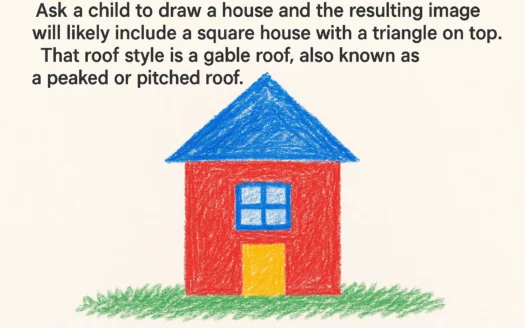Victorian Architecture: Beyond Dollhouses and Haunted Houses

Ask most people what a Victorian home looks like and they’ll describe either a classic dollhouse or a haunted house. They’re not wrong.
The ornate detailing most associated with the Victorian style can look equal amounts delicate and beautiful or sinister and forbidding depending on the lighting and circumstances. But Victorian homes are more than just fancy or imposing ornamentation — they’re a collective of many different designs pulled from many influences.
The History of Victorian Homes
Victorian architecture reflects the time in which these homes first came about: the Victorian Era, which denotes Queen Victoria’s reign in England from 1837 to 1901. (The American Victorian period of home design is considered to range from 1840 to 1900.) This time period also corresponds to the Industrial Revolution. Suddenly, building materials could be easily moved from place to place via railroads and mass-produced due to the rise of factories and assembly lines. Materials that were hard to come by in the past became more affordable and accessible.
Architects took full advantage of these changes to add liberal amounts of ornamentation and detailing to home designs, along with creative flourishes. This over-the-top approach aligned with the ideals of the time, which valued form and beauty over function and practicality, embracing excess in everything. This was observed in the layers of women’s fashion and the overly detailed styling of homes. The wealthier you were, the more ornate your belongings.
The result was several distinct styles of Victorian homes. It’s noted that Victorian means different things to different people, with styles emphasizing verticality, decoration, and a mix of materials and colors.
Elements of Victorian Homes
Victorian homes have their foundation in Gothic architecture, but beyond that, anything goes! You may see turrets, balustrades, dormers, scrollwork, spindles, stained glass — sometimes all on one house. Designs were influenced by architecture from Italy, France, Egypt, and England. Despite variations, key elements define the exterior style:
- Multiple Stories: Typically two or three stories tall, Victorian homes are large and imposing.
- Vertical Elements: Tall windows, columns, towers, and ornamentation draw the eye upward.
- Wood or Stone Exteriors: Most feature wood siding, though Italianate and Second Empire styles use stone or brick.
- Complicated Shapes: Asymmetrical designs with wings, bays, towers, and cupolas.
- Decorative Trim: Elaborate wood or metal trim work on nearly every style.
- Steep Roofs: Multi-gabled roofs with steep pitches (though Italianate styles have flatter slopes).
- Porches: Wraparound porches with spindles and brackets; some include upper balconies.
- Vibrant Colors: Bright paint schemes distinguish Victorians from earlier, plainer homes.
Inside, Victorian homes feature decorative woodwork, nooks, built-ins, high ceilings, and ornate staircases.
Victorian Home Styles
Beyond common elements, Victorian architecture includes diverse styles:
Gothic Revival
Inspired by medieval architecture: steep roofs, turrets, Gothic arches, and ornate wood/metal details. The quintessential “haunted house” aesthetic.
Queen Anne
The most iconic style: asymmetrical, colorful, with steep roofs, wraparound porches, and “gingerbread” trim. Often includes octagonal towers or bay windows (e.g., San Francisco’s “Painted Ladies”).
Italianate
Rectangular structures with low-sloping or flat roofs, tall rounded windows, and square towers. Features columns, ornate cornices, and heavy brackets.
Second Empire (Mansard)
French-inspired with rectangular bases and mansard roofs (four steeply sloping sides). Similar to Italianate but with distinct rooflines.
Stick Eastlake
Defined by wood construction: framing, siding, shingles, and decorative stick-work patterns. Steep roofs and double-hung windows complete the look.
Folk Victorian
A simpler, smaller version of Queen Anne. Square-shaped with decorative trim and large windows, but no towers or asymmetry.
Octagonal
Rare eight-sided homes blending traditional Victorian elements with a unique geometric shape.
Victorian Homes Today
True Victorian homes date to the late 1800s. Though the style waned in the 20th century, it remains popular today, particularly in New England and the South. Many are preserved in historic districts or updated for modern living. For those drawn to the aesthetic but wary of aging structures, custom builders can create modern Victorians tailored to contemporary needs.


